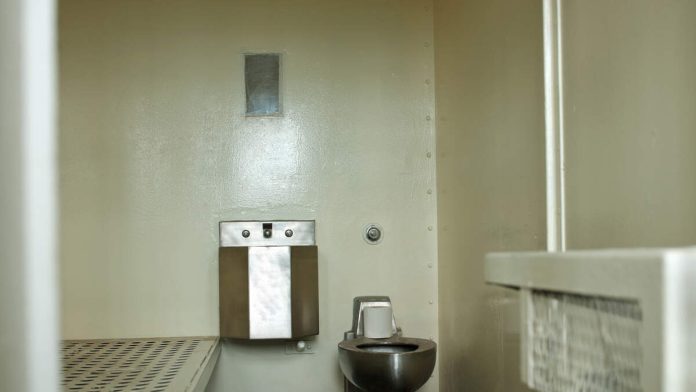California prisons are grappling with the challenge of providing safer living conditions for inmates. Many prisoners share cramped cells with strangers, leading to tension and anxiety. Steven Warren, an inmate at San Quentin Rehabilitation Center, describes the fear of not knowing a cellmate’s potential for violence. He said, “I don’t know if this person has the propensity to murder me in my sleep or commit a violent act against me just because they’re feeling some type of way” according to CalMatters.
The push for single-occupancy cells is gaining momentum as California’s prison population declines. From a peak of over 173,000 in 2006, the population has dropped to under 90,000 today. This decline, coupled with prison closures and changes in parole eligibility, has freed up space for potential single-person quarters. San Quentin is leading the charge with plans to convert its Death Row buildings into single-person cells by spring 2026. A bill aimed at establishing single-cell units in more prisons was introduced in the California Legislature but did not pass. However, it is expected to return in 2026.
San Francisco District Attorney Brooke Jenkins, who co-authored the bill, emphasized the importance of a stress-free environment for rehabilitation. “You can’t do that if you’re in an environment that causes chaos and stress — or you can’t sleep, you’re having confrontations, you’re irritable because you’re sleeping with one eye open,” she said as reported by Lost Coast Outpost.
The California Correctional Peace Officers Association supports the move towards single-cell housing, citing improved safety for both inmates and staff. They argue that shared cells increase the risk of violence and require intervention from correctional officers, which escalates the overall risk within the facility.
Old prisons like San Quentin and Folsom were originally designed for single occupancy. However, due to overcrowding in the 1990s and early 2000s, additional beds were added to these cells. Decades of litigation eventually forced the system to reduce housing to 137% capacity, but current rates still average about 120%.
Governor Gavin Newsom’s administration has closed four prisons and is considering more closures to save costs and reduce corrections spending. The debate over single-cell housing continues, with advocates pushing for reforms that prioritize inmate safety and rehabilitation.

Recent Comments